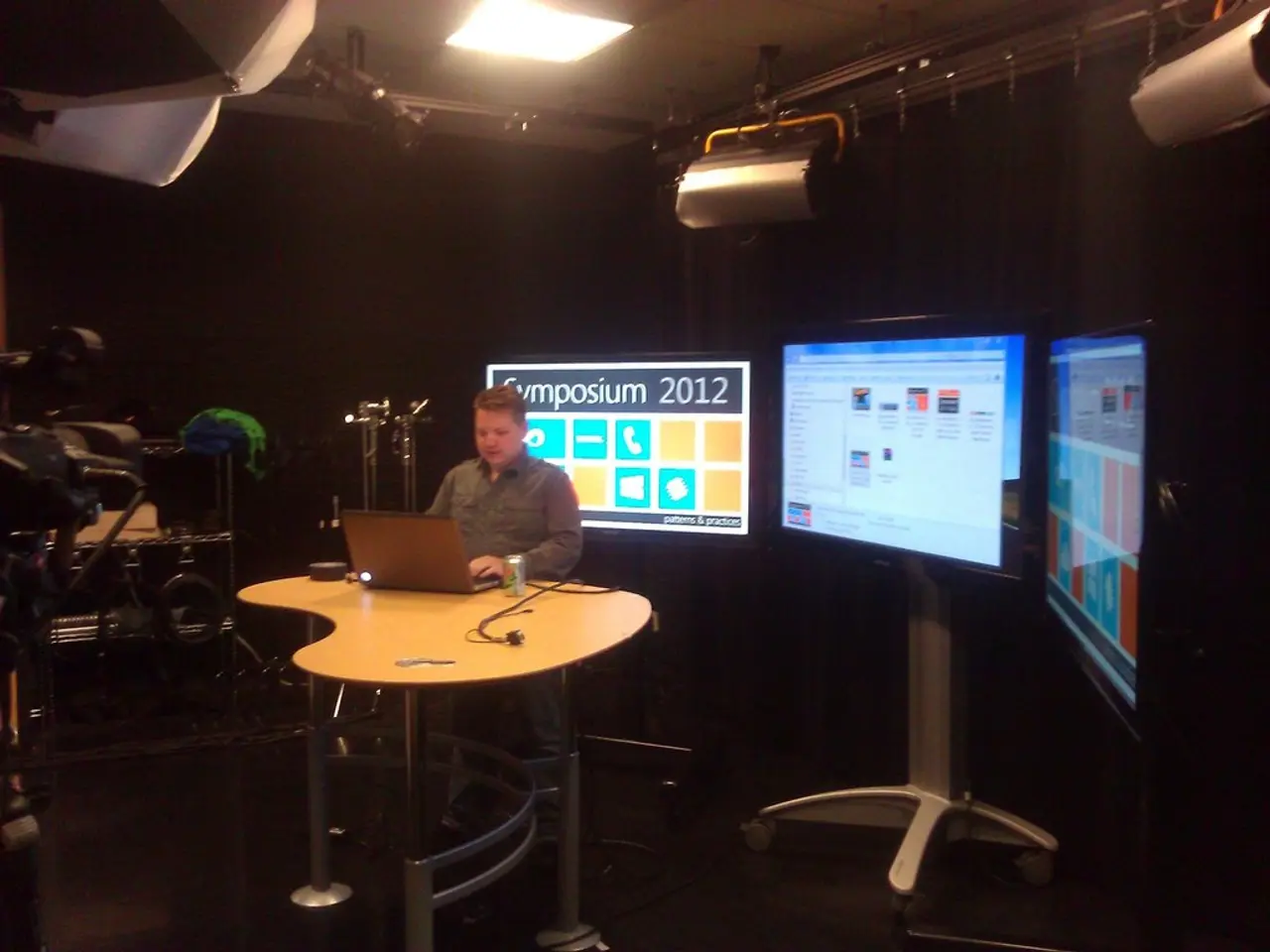Examining Home Entertainment: Does a Turned-Off TV Continue to Utilize Wi-Fi Connectivity?
In the digital age, it's no surprise that even our TVs require a connection to the internet. But what about when you've turned off your smart TV with the remote? Does it still consume WiFi data?
The answer isn't always straightforward. Whether a smart TV uses WiFi in standby or off mode depends on its design and settings related to network connectivity.
Key factors that determine if a smart TV uses WiFi while in standby or off include:
- Standby mode functionality: Many smart TVs enter a standby or sleep mode when you power them down with the remote. In this mode, some components, including WiFi connectivity, remain active to receive commands or perform background tasks like updates.
- Voice assistants and remote control features: TVs with built-in microphones or voice assistants stay connected to WiFi to listen for voice commands even in standby mode, thus consuming data and power.
- Automatic software updates and data sync: Smart TVs typically maintain WiFi connectivity in standby to download software updates or sync data with servers, requiring constant network activity.
However, most TVs stop using WiFi when turned off using the power button or remote control. To prevent a TV from using WiFi while off, you can disable features like automatic updates or background processes, and physically disconnect it from the WiFi network if applicable.
Some modern smart TVs may consume a small amount of WiFi data even when turned off due to standby mode or features like automatic updates. Models like these might continue to consume a small amount of WiFi data for functions like clock displays or firmware updates.
To find out if your TV is one of these models, checking the settings can help. You can adjust power settings accordingly to cut off WiFi usage in standby or off modes. Some TVs allow users to disable certain "connected standby" settings or disable internet connectivity in standby via the menu.
In conclusion, while a TV uses a small amount of WiFi data while off, the impact on overall internet usage should be minimal. Users concerned about WiFi and power consumption should check their TV’s settings or use power strips to fully disconnect when not in use. Taking these steps can help ensure that a TV isn't utilizing unnecessary resources while not in use, conserving bandwidth and maximizing energy efficiency.
- Some modern smart TVs might consume a minimal amount of WiFi data for functions like clock displays or firmware updates even when turned off, indicating that certain lifestyle choices, such as owning a smart TV, can impact technology consumption, even when the device is not in an active entertainment mode.
- Adjusting power settings to disable "connected standby" or internet connectivity in standby can help reduce WiFi usage in standby and off modes on smart TVs, demonstrating that being mindful of settings and features can oftentimes aid in conserving both bandwidth and energy, enhancing overall energy efficiency in our interconnected entertainment and technology-oriented lifestyles.



